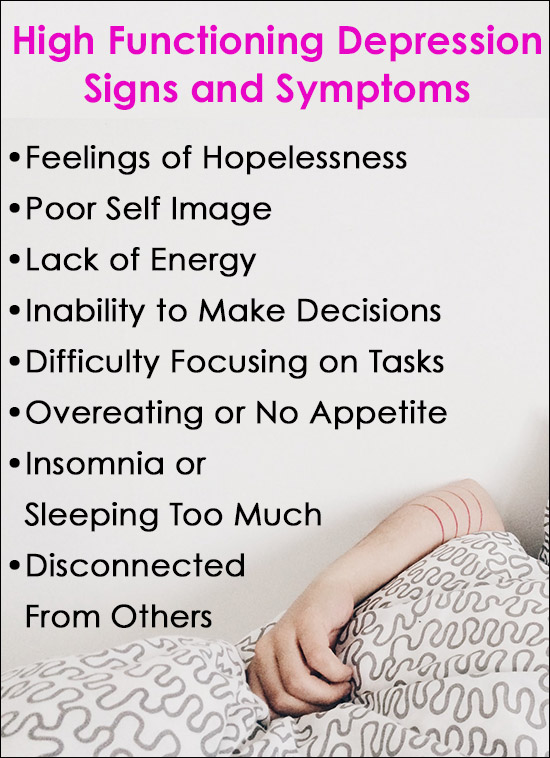

According to the Pan-American health organization (PAHO/WHO, 2018) lack of interest, sadness for long periods and the decline of energy to perform daily activities characterize depressive disorders. Wannmacher & Lenita in 2017, describe that about 40% of elderly who living in HA have depression. The consequences of aging may be risk factors for depression in the elderly, in which the disease is found in 10% of people over 60, according to the united nations of Brazil (2017). This social isolation leads to loss of identity, self-esteem and freedom, solitude and often resulting in a depressive state. Īn important aspect related to the institutionalized elderly person is depression, because in HA, the elderly are excluded from living with society and adopt a different lifestyle. The HA is defined as residential, governmental and non-governmental institutions for the collective housing of persons aged 60 and over who may have family support or not.

ĭue to the growth of the elderly population, there is a notable lack of preparation among family and society members to endure the challenges of this new reality, resulting in the growing demand for the elderly in homes for the aged (HA). Īccording to Shumway-Cook and Woollacott (2013), there are two main theoretical lines that study aging: one of them considers the primary aspects related to genetic characteristics and the deterioration of the nervous system and the other the secondary ones, which evaluates the influence of the damages caused by environmental factors, such as radiation, pollution, lifestyle, among others. The worse the functional level of the institutionalized elderly, the greater the chances of presenting a depressive state.Īging refers to a dynamic, progressive and irreversible event related to biological, psychic and social factors in which they trigger structural, physiological and psychological changes as well as social changes in the individual, favoring the development of pathological processes.


Conclusion: Depression is a factor that is associated with the functional capacity of the institutionalized elderly. The worsening of the depressive picture is associated with the worse functioning of elderly who live in HA (p < 0.02). The majority of the elderly 81.43% had the ability to perform basic activities of daily living and the elderly 52.86% had normal psychological pictures. The majority of elderly live in HA voluntarily 48.6% and that 41.43% did not complete elementary school. Result: It was verified that the female gender was predominant in the HA consulted. Method: A cross-sectional, descriptive study with 70 elderly people of both sexes, aged 60 years or older, who live in HA in the state of Rio de Janeiro. Objective: To describe the correlation between depression and functionality of elderly people who live in homes for the aged. It is necessary to understand how the impairment of physical health, mental health and the level of depression can affect the functional capacity of the institutionalized elderly who live in homes for the aged. Introduction: Due to the growth of the elderly population, there is a notable lack of preparation among family members and society to face the challenges of this new reality, resulting in an increasing demand for homes for the aged (HA).


 0 kommentar(er)
0 kommentar(er)
